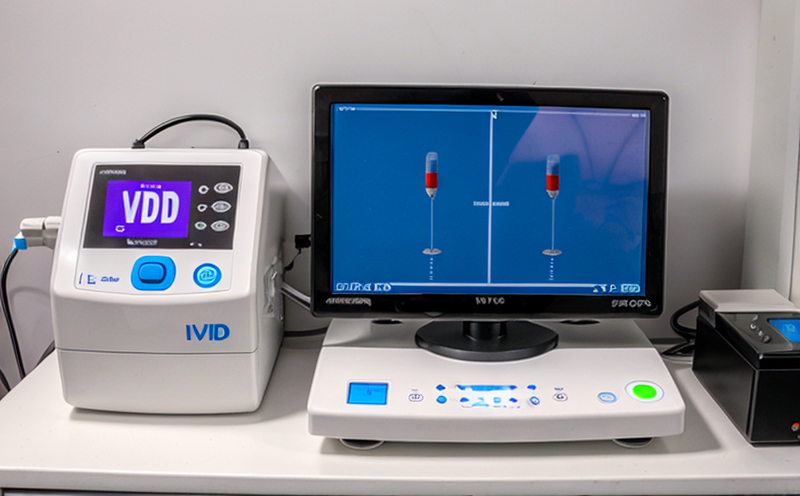Near-Patient Testing Usability Studies for IVD Devices
In vitro diagnostic (IVD) devices are crucial tools in modern healthcare, providing rapid and accurate diagnosis of diseases. Near-patient testing is a subset of point-of-care testing that involves the use of handheld or portable instruments to conduct tests at the patient's bedside or in other immediate care settings. The usability of these devices directly impacts their effectiveness and reliability.
Usability studies for near-patient IVD devices are essential to ensure they meet stringent regulatory standards and provide accurate, reliable results. These studies focus on evaluating how easy it is for healthcare professionals to use the devices effectively. This includes assessing factors such as ease of setup, operation, interpretation, and calibration.
According to ISO 17895:2016, Usability Engineering for Medical Devices, usability testing should be conducted at various stages of product development to ensure that the device is user-friendly. This approach helps identify potential issues early in the design process, allowing for necessary modifications before clinical trials and market release.
The objective of a near-patient testing usability study is to provide evidence that supports the safety and effectiveness of an IVD device when used by healthcare professionals under real-world conditions. The results can inform improvements in user interface design, training materials, and operational procedures. These studies play a critical role in ensuring compliance with regulatory requirements such as those outlined in 21 CFR Part 820 for devices sold in the United States.
During a usability study, various aspects of the device are evaluated. This includes its physical design, instructions for use, and the overall user experience. The study may involve both qualitative methods like interviews and focus groups to gather insights into users' experiences, as well as quantitative measures such as task completion times and error rates.
Understanding the ergonomic factors involved in using near-patient IVD devices is crucial. Factors such as screen visibility, button placement, and overall layout can significantly affect how easily a device can be used. For instance, according to EN ISO 13485:2016, manufacturers must ensure that their products are designed considering ergonomic principles.
Another important aspect of usability studies is the training provided to healthcare professionals who will use these devices. Proper training ensures that users are familiar with all aspects of the device's operation and can confidently perform tests. This not only enhances accuracy but also reduces the risk of errors due to misunderstanding or misuse.
The regulatory landscape surrounding IVD devices is continually evolving, emphasizing the importance of robust usability studies. Compliance with standards like ISO 13485:2016 ensures that manufacturers meet global quality management system requirements, which in turn supports better patient outcomes.
Furthermore, usability studies help identify potential barriers to adoption that could limit widespread use of near-patient IVD devices. By addressing these issues early on, manufacturers can ensure broader accessibility and acceptance within healthcare settings.
In conclusion, usability studies for near-patient testing IVD devices are vital for ensuring patient safety and satisfaction. They provide valuable data that informs design improvements and training initiatives, ultimately leading to more effective and user-friendly medical devices.
Why It Matters
The importance of usability studies in the context of near-patient testing cannot be overstated. These studies are critical for several reasons:
- Enhanced Accuracy and Reliability: Usability studies help identify potential sources of error, ensuring that devices function correctly under real-world conditions.
- Patient Safety: By improving ease-of-use, these studies contribute to reducing the likelihood of adverse events resulting from incorrect device use.
- Better Compliance with Regulations: Ensuring compliance with regulatory standards like ISO 13485:2016 and 21 CFR Part 820 is essential for successful market entry.
- Improved User Experience: Well-designed interfaces lead to better user experiences, which in turn can improve adherence to treatment regimens.
The ultimate goal of usability studies is to create devices that are not only technologically advanced but also practical and easy for healthcare professionals to use. This holistic approach ensures that IVD devices meet the highest standards of quality and reliability, thereby enhancing overall patient care.





